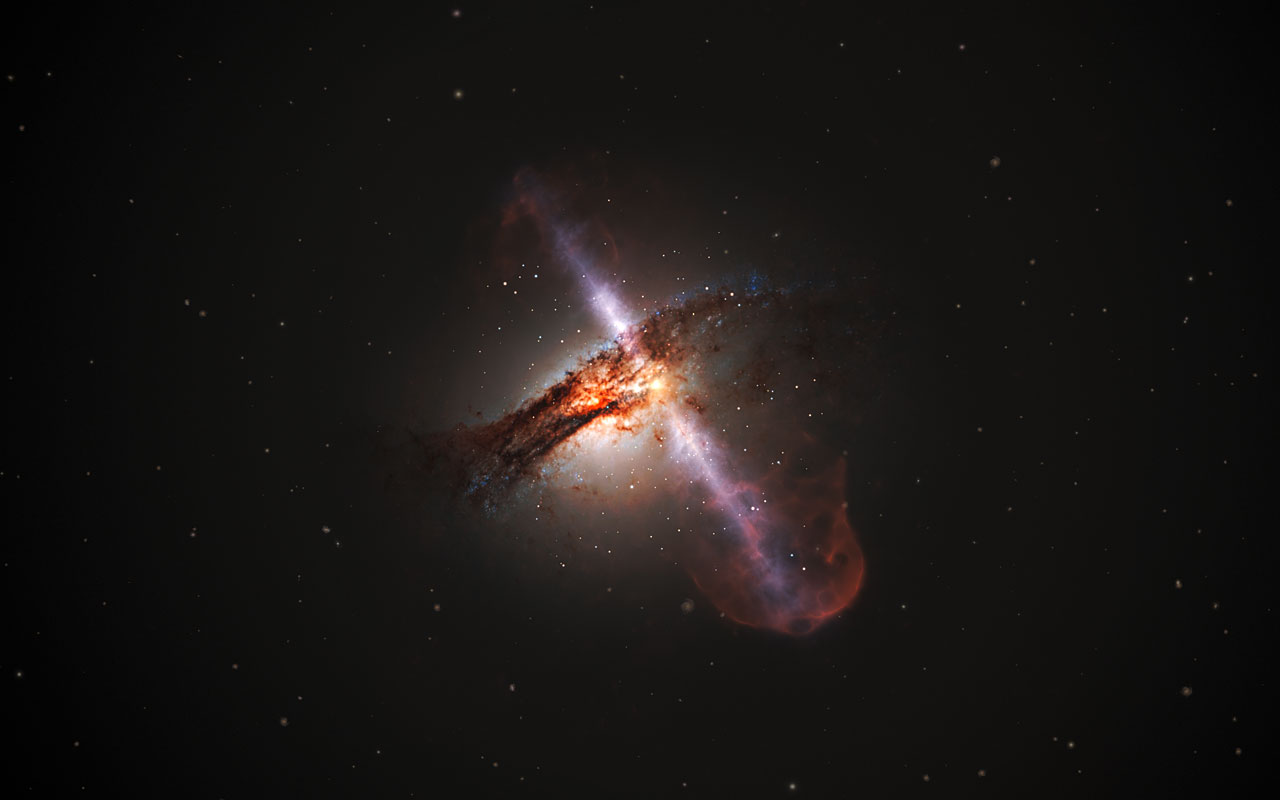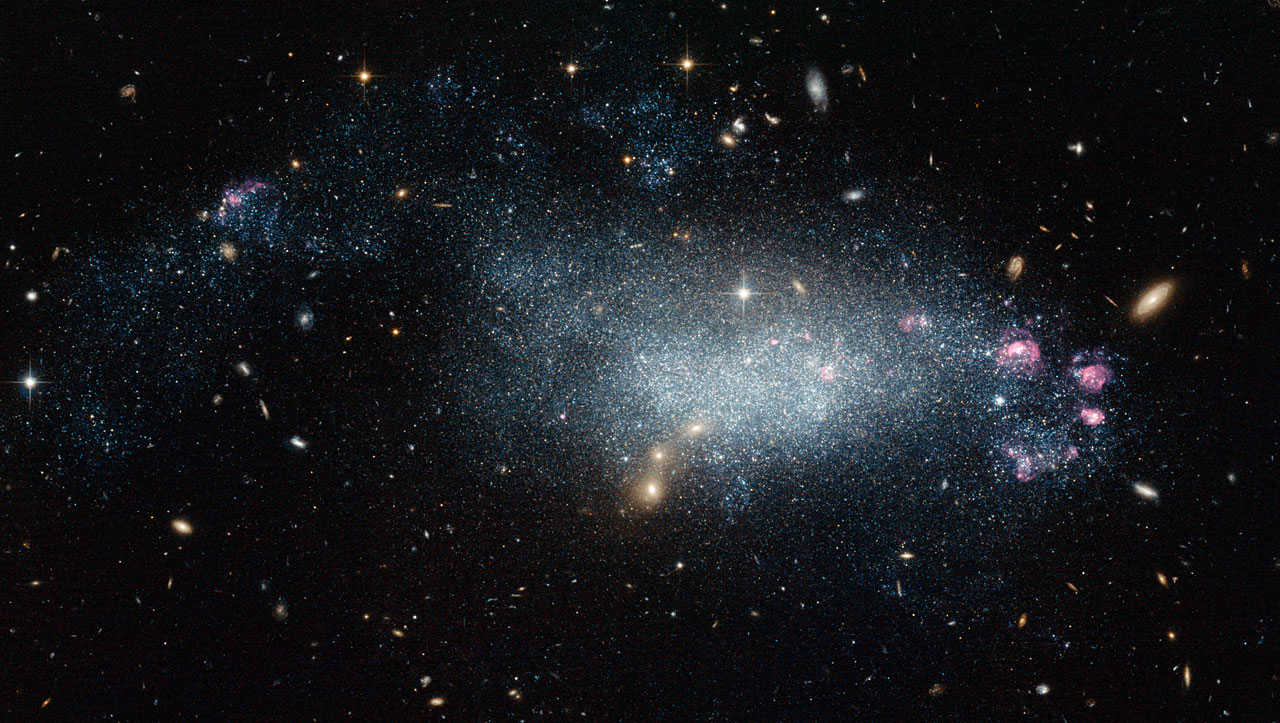
Researchers confirmed the first exoplanet candidate found by the Kepler space observatory. It took them more than a decade because they got the wrong impression of the planet's size.
The newly confirmed planet is called Kepler-165b. Situated very close to its parent star, it completes one revolution in less than four Earth days.
For years, Kepler-165b frustrated attempts to categorize it. The researchers who discovered it designated it a potential exoplanet. Doubts later set in as other researchers went over the same data. Many suspected that the exoplanet candidate did not exist.
Finally, a recent study showed that Kepler-165b is a gas giant. It is a hot Jupiter type, which burns hot and bright enough to be mistaken for a star.
The confirmation validated the hard work of the University of Hawaii (UH) researcher Ashley Chontos. She discovered Kepler-165b during her time as a graduate student and looked for further proof.
“Our new analysis, which uses stellar sound waves observed in the Kepler data to characterise the star, demonstrated that the star is in fact three times larger than previously thought,” Chontos reported. “This in turn means that the planet is three times larger, revealing that Kepler-1658b is actually a hot Jupiter.” (Related: The hottest alien world ever discovered: Exoplanet so hot, iron and titanium glow in it.)
The first exoplanet candidate found by the Kepler telescope has been confirmed
NASA explained that the confusion over Kepler-165b's existence came from incorrect first impressions of its parent star. The now-retired Kepler space telescope sought out “transits,” the slight dip in the brightness of a star that might indicate the passage of a planet between the star and the observatory.
To calculate the size of the planet, researchers started by estimating the size of its parent star. Next, they measured the amount of dimming caused by a planetary transit. They used the data to indirectly determine how big the exoplanet was.
Unfortunately, other researchers didn't realize the true size of Kepler-165b. They dismissed the sighting as a false positive.
Chontos reviewed the Kepler data with newly developed software. She found that the exoplanet was not a rocky planet, but a much bigger hot Jupiter.
As the name implies, a hot Jupiter is a gas giant with extremely high temperatures. While Jupiter itself is a long way from the sun, the hot “version” orbits much closer to its parent star, accounting for its much greater brightness and heat.
Reviewing the transit data on Kepler-165b showed that the exoplanet matched the size and proximity requirements for a hot Jupiter.
“We alerted Dave Latham and his team collected the necessary spectroscopic data to unambiguously show that Kepler-1658b is a planet," said Chontos' fellow UH researcher Dan Huber. “As one of the pioneers of exoplanet science and a key figure behind the Kepler mission, it was particularly fitting to have Dave be part of this confirmation.”
Even retired, Kepler continues to provide a wealth of scientific data
Kepler began its mission in 2009, the same year it was launched. It looked for planets circling faraway stars. It accomplished this search with an onboard array of charged coupled devices (CCDs).
An individual optical image sensor possessed considerable resolution. Combining 42 of them allowed the observatory to observe many distant stars for possible transits.
NASA expected the spacecraft to last less than four years. Despite experiencing numerous malfunctions, Kepler stayed in active service for more than nine years before retiring in late 2018.
The telescope discovered more than 2,600 exoplanet candidates, the first being Kepler-165b. The data it collected proved that the Milky Way contained more planets than stars.
Sources include:
Please contact us for more information.





















